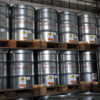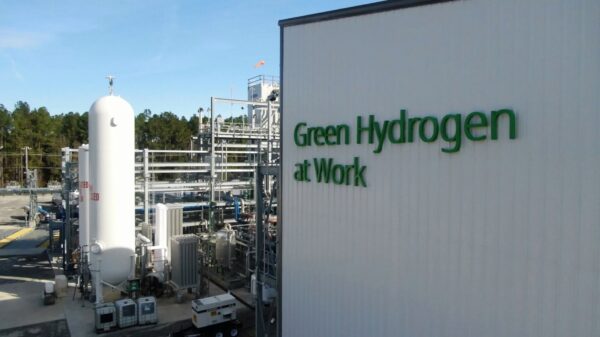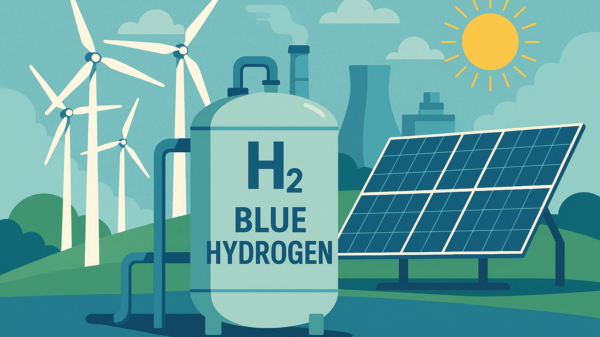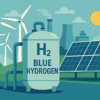The market for commercial hydrogen vehicles is expected to grow by over US$30 billion in the next 10 years, according to the American research firm Fact.MR.
In 2021 alone the global market for those vehicles expanded by 23.3 per cent year-over-year while sales reached US$3.2 billion. Based on Fact.MR’s report released on Wednesday, that market will be worth approximately US$58 billion by 2032 expanding at a compound annual growth rate (CAGR) of 30.6 per cent between 2022-2032.
Despite the need to separate hydrogen from sources such as water or natural gas, vehicles utilizing hydrogen fuel cells can refill quickly, operate silently, emit zero greenhouse gases or air pollutants and have a long driving range. Therefore, Fact.MR says using those fuel cells for transportation and automotive purposes is quite practical.
The global fuel cell industry is expected to reach US$ 4.7 billion in 2022. https://t.co/pfQa6aaJ2Z anticipates the Commercial Hydrogen Vehicle Market to surge to US$ 57.9 billion by 2032
More Insights: https://t.co/LqWNMfMoc6 pic.twitter.com/M1aZ1QWTuO
— Fact.MR (@FactMR_Reports) November 21, 2022
Read more: Ideanomics and A-1 to develop hydrogen fuel cell E-buses for pilot project
Read more: Fusion Fuel partners with Duferco to establish ‘green’ hydrogen market in Italy
The researcher also says fuel cells are flexible and easily scalable sources of electricity for an assortment of transportation such as material-handling vehicles, trains and buses. The demand for hydrogen fuel cells in the transportation and automotive sectors may also rise as a result of multiple government initiatives, according to Fact.MR.
Hydrogen use in the automotive sector has accounted for less than 0.01 per cent of energy consumed to date and two years ago hydrogen fuel cell E-vehicles represented less than 0.01 per cent of vehicles worldwide and only 0.3 per cent of electric vehicles. At the end of June this year approximately 50,000 fuel-cell electric vehicles were on the road internationally.
Buses and coaches have dominated the sector with a 43 per cent market share this year, according to the research agency.
To accomplish its goal of having 1.5 million zero-emission vehicles by 2025, the government of California recently invested in building over 100 hydrogen filling stations, which will help boost the market for commercial hydrogen fuel cell vehicles in the state. Other governments have also been implementing policies and initiatives such as The Clean Hydrogen Manufacturing Recycling Program to address environmental concerns, which will help to propel market growth.
Fact.MR says the price of fuel cell vehicles has been declining rapidly and will continue to do so over the next 10 years. The cost of the automobiles, particularly buses, has dropped by 65 per cent in recent years even though there has been a small amount produced.
“A variety of additional factors, such as the following, have also helped to lower the overall cost of fuel cell electric vehicles: Lower cost and better integration of the vehicle’s electric drivetrain, decreased cost of the hydrogen storage tank, hybridization of the vehicle’s fuel cell and batteries,” says the report.
Key market players include Anglo American Plc (LON: AAL), Van Hool, Volvo AB (STO: VOLV-B), DAF Trucks, Daimler Truck Holding AG (ETR: DTG), SAIC Motor Corporation, General Motors (NYSE: GM), Hinduja Group, Hyundai Motor Co (KRX: 005380) (OTCPK: HYMTF), Nikola Corp (NASDAQ: NKLA) and several others.
rowan@mugglehead.com














